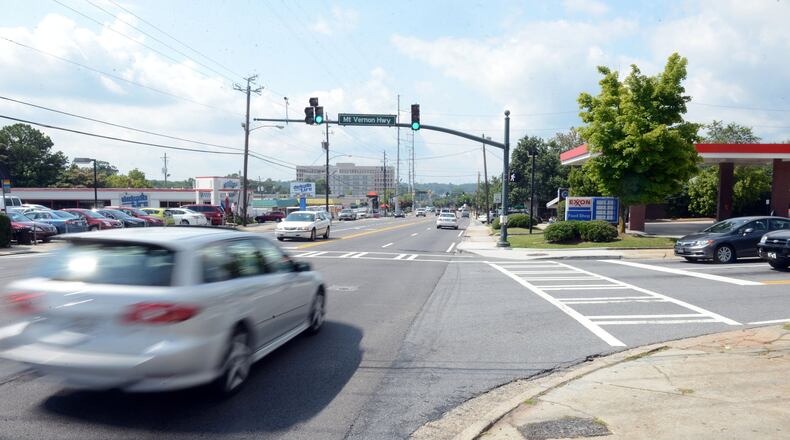Sandy Springs will look to find new ways to reach minority communities for feedback on city projects, the mayor said.
During a City Council meeting Tuesday, Mayor Rusty Paul and City Councilman Andy Bauman said they were concerned that few minorities were included in a draft of a transportation master plan that gathered extensive community feedback on multi-million dollar projects.
In January and February, Sandy Springs asked residents and daily commuters to comment on the multimillion-dollar transportation projects being considered over the next five years. Most respondents were white residents earning more than $100,000 per year.
City Council will vote on the transportation master plan at their next regular meeting on April 6.
Bauman suggested a statement be included in the plan on the importance of outreach to minority communities and how transportation needs transcend economic factors.
“When considering projects you have to consider how they serve underserved populations,” Bauman told The Atlanta Journal-Constitution. “I think the report does that.”
There wasn’t enough outreach to underserved communities, he added.
Minorities make up 31% of residents, according to the city. One third of residents are over age 50 and 6% of residents are mobility impaired.
Sandy Springs created a transportation plan in 2008 to guide road projects and transportation needs. The new plan addresses population growth and other changes since that time, officials said. The city of 110,000 residents grew 62% in population between 1990 and 2018.
Projects in the new master plan total more than $200 million and range from bicycle and pedestrian paths to road, intersection and bridge work.
Transportation planner Caitlin Shankle said revisions were based on responses at virtual public meetings and an online survey held Jan. 28 to Feb. 19. One revision included adding a $6 million project for a path along Abernathy Road between Glenridge Drive and Roswell Road.
Paul said reaching minority groups in the city is a process and the new Diversity and Inclusion Task Force was formed to help with engagement.
“I think right now the lesson is we’ve got to figure out some better tactics,” Paul said, “The strategy is great. The tactics need to be refined a little bit to try and overcome whatever barriers exist.”
About the Author
The Latest
Featured



